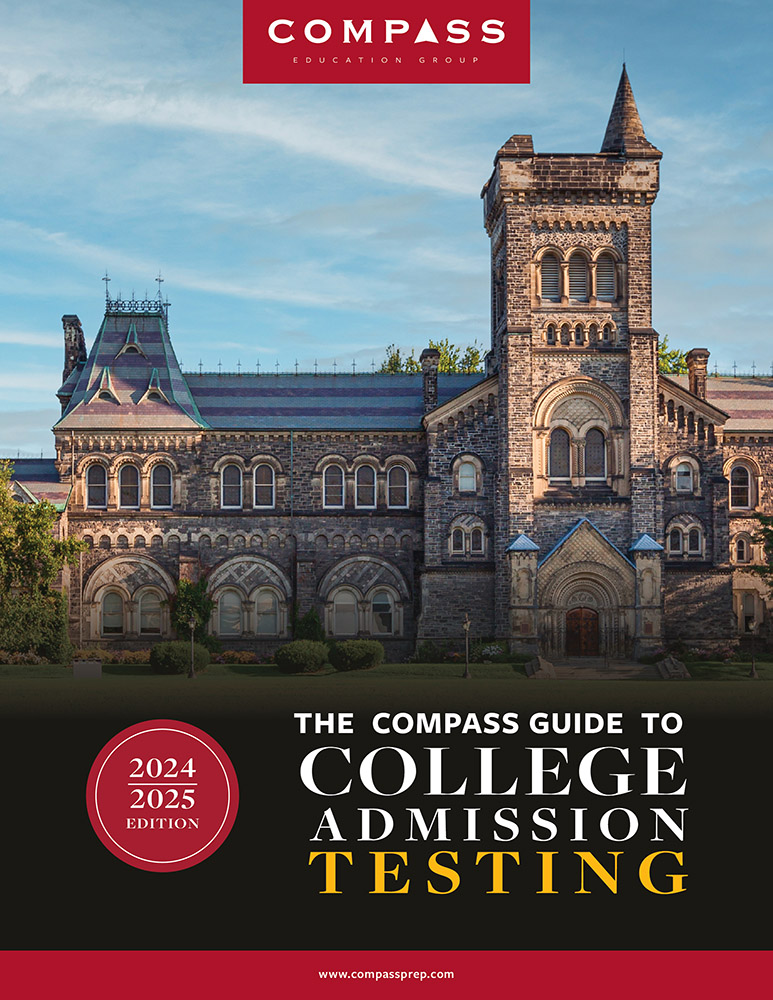
ACT sees the largest drop in test-takers in college admission testing history.
In ACT’s social media press kit about its College and Career Readiness Report for the class of 2018, ACT provided almost a dozen different tweets and posts to point out weaknesses in benchmark performance in math and STEM despite only small year-over-year differences. This shaped the narrative of many of the news articles and served as a useful distraction from the exam’s own poor performance. ACT saw the largest drop in test-takers in its history, shedding 116,000 students and dropping to 1.91 million test-takers. Since the SAT has never had such a large drop, it could accurately be described as the biggest decline in the history of college admission testing. The decline occurred despite delaying the report to include the new July test date. Adding to the sting felt in Iowa City is the realization that the SAT will likely surpass the ACT this year for the first time since 2012.
This was not an unexpected disaster and follows a smaller decline last year. Large movements in test-taker numbers typically revolve around lost and won state contracts. While ACT had already lost its contracts with Alaska, Colorado, Michigan, and Illinois by 2017, the full impact of the changeover from ACT to SAT takes several years to play out.
High-scorer participation hits record highs on the ACT.
The dip in student numbers is far from uniform, or even a dip. We continue to see the long-term trend of high-scoring students opting for the ACT. Students at the most competitive scoring levels are increasingly discerning consumers of the ACT and SAT. Test choice is no longer simply a matter of “whichever my school or state is offering.” Students carefully assess strengths and weaknesses in practice testing or in earlier testing. In some cases, test choice is not having to choose. Even students with high SAT scores will look to the ACT as an opportunity to do even better.
The number of students with 36 composites is almost five times the figure in 2012.
The number of students earning 36 Composite scores jumped to 3,741, more than 35% above the previous high of 2,760 set in the class of 2017. Six years ago, fewer than 800 students earned top marks. Now almost five times as many reach that peak. We expect this trend to continue. The increase is not exclusive to perfect scores. More students achieved scores of 31 or higher this year than in any previous class, with the largest jumps at 35 and 34. Students who once might have stopped at a 1500 on the SAT are increasingly likely to experiment with—or fully commit to—the ACT to shoot for a 35 or 36.
The ACT Writing (essay) begins its decline.
Only 47% of students took the essay in the class of 2018, down from 54% in the class of 2017. While that’s not a fatal decline, that is only because many of these students set course before most colleges dropped the essay requirement. We will continue to see this figure move lower. College Board will also report lower participation rates. If the University of California system abandons the requirement, Writing’s end will be hastened. But there is little chance that more colleges will decide to adopt the ACT Writing or SAT Essay, so this is already a case of a death foretold.

